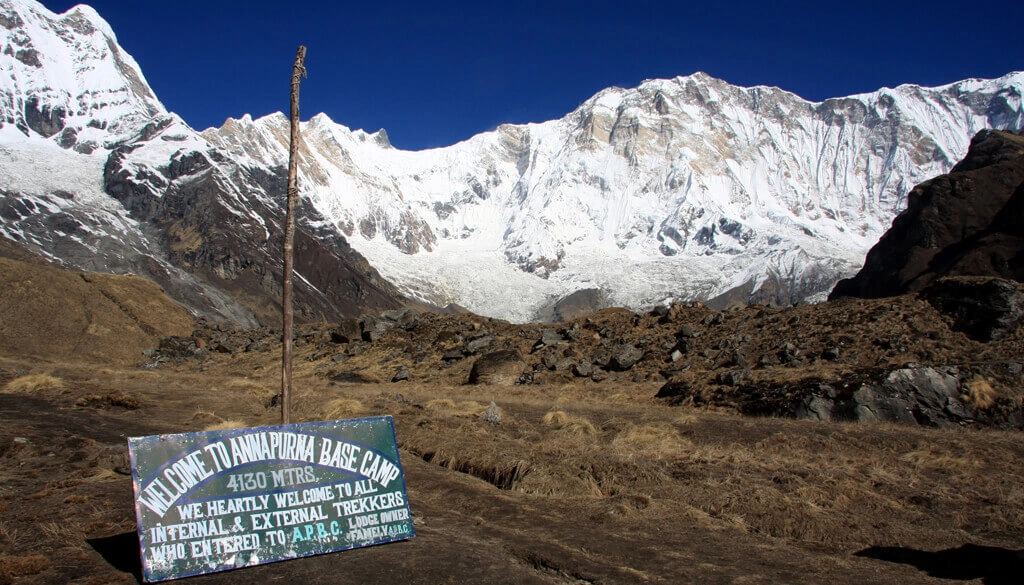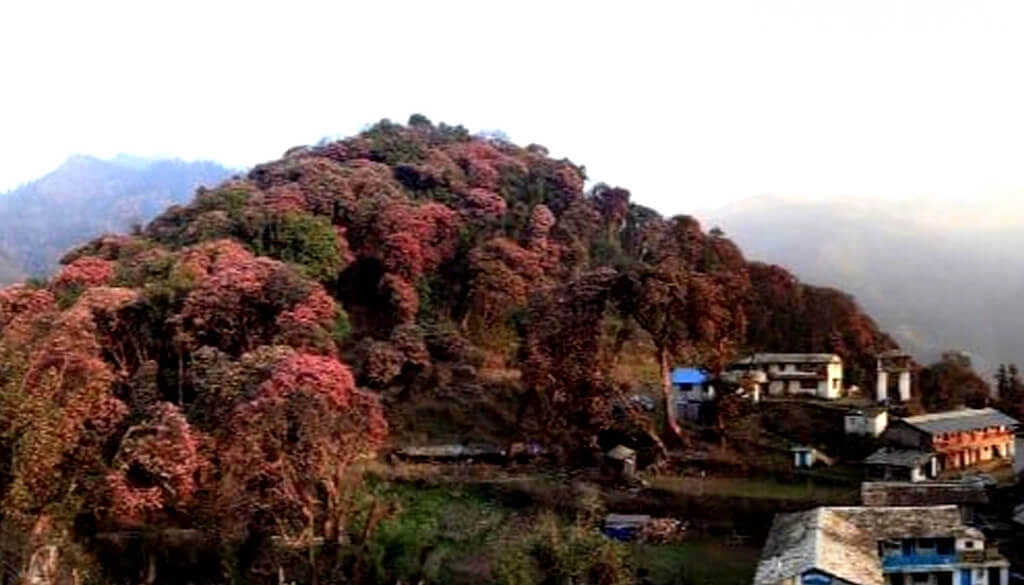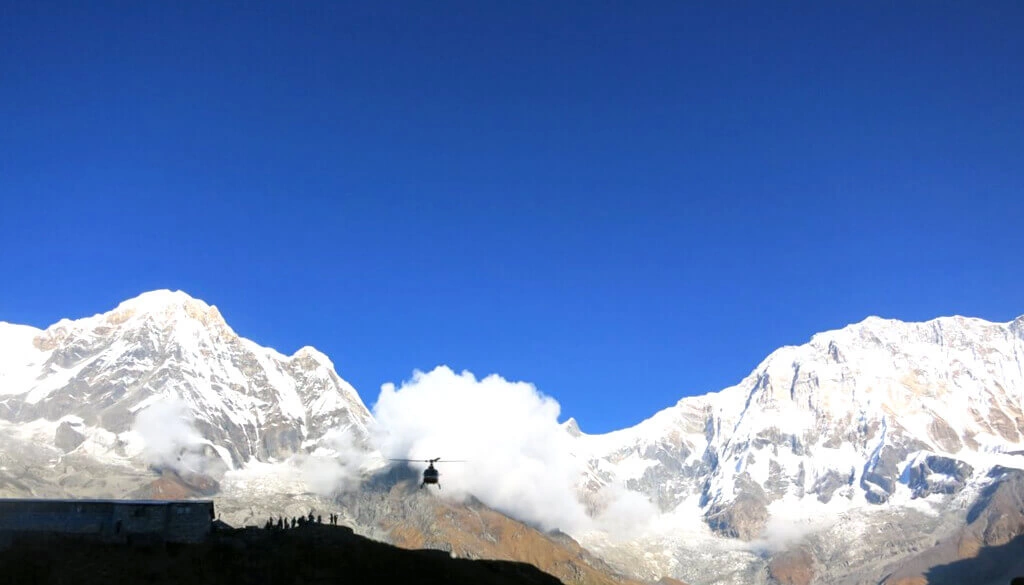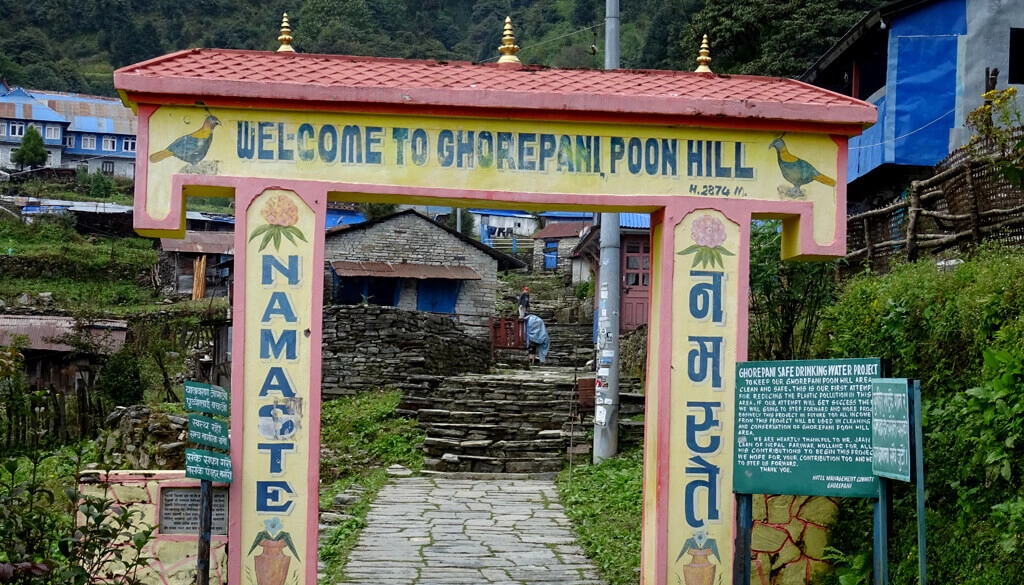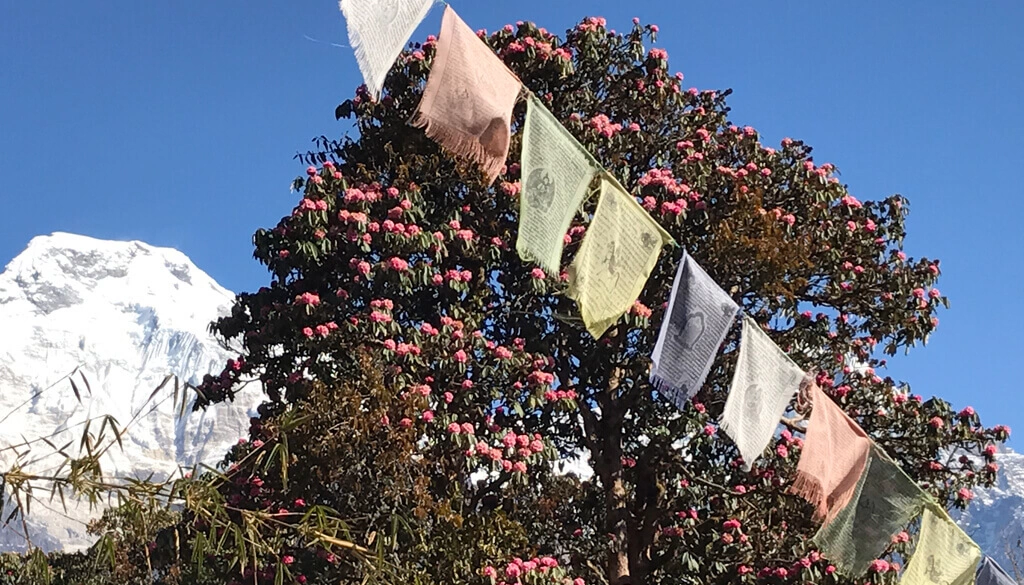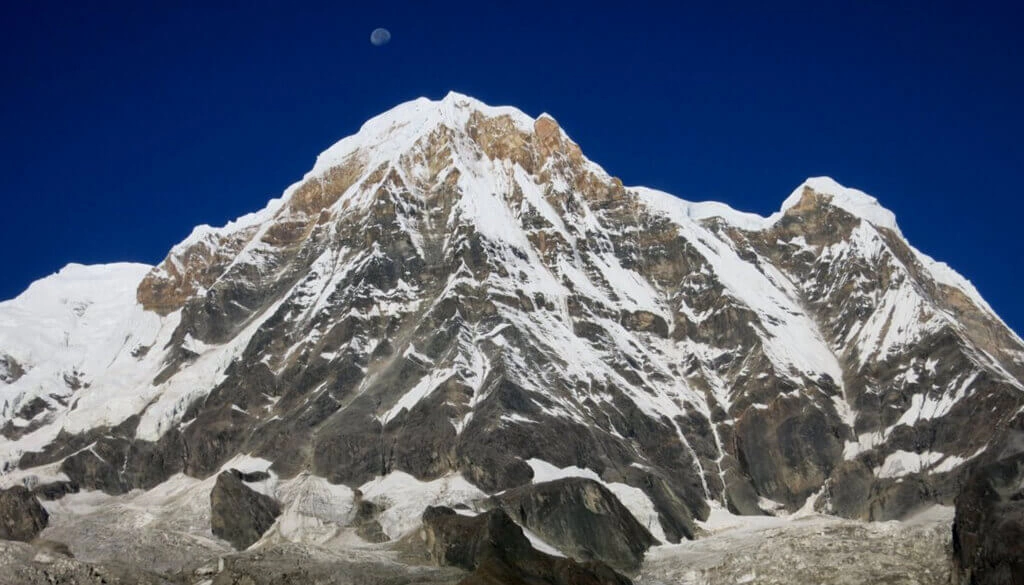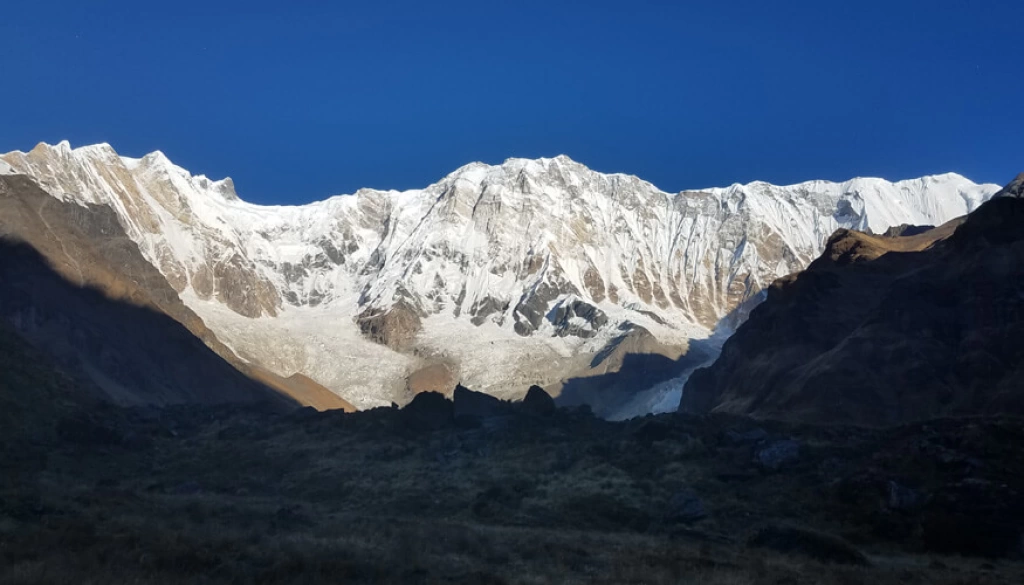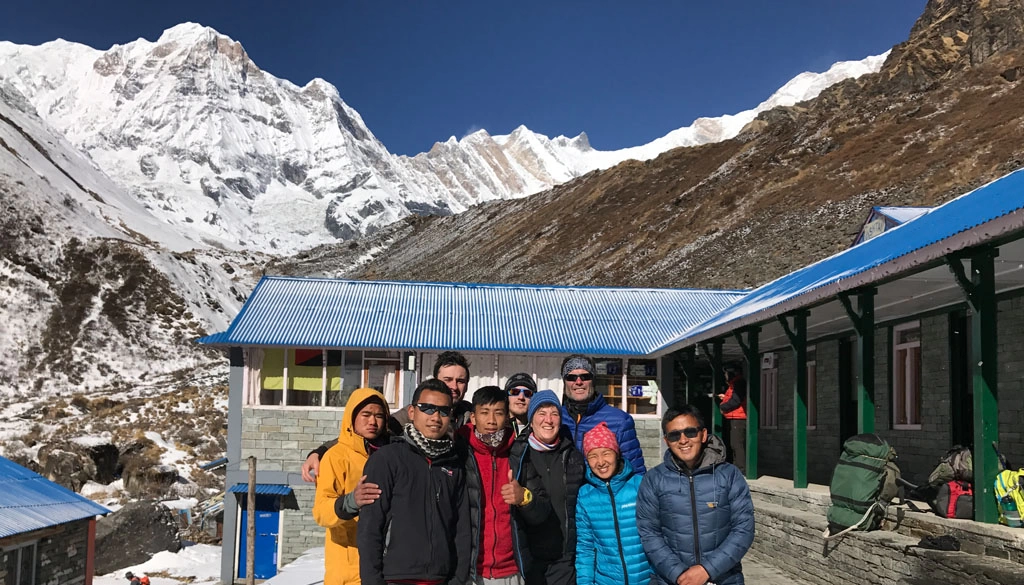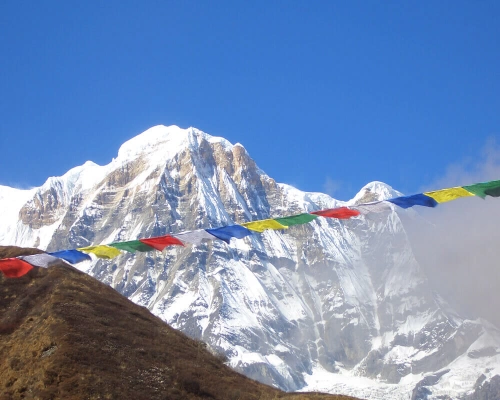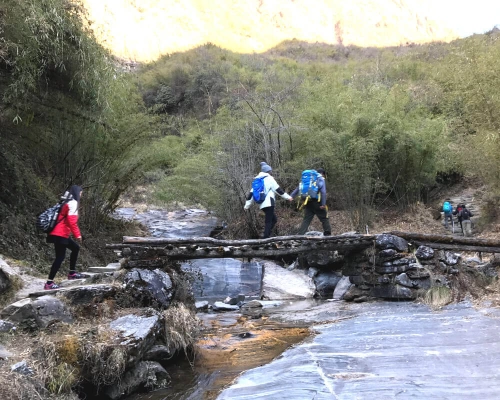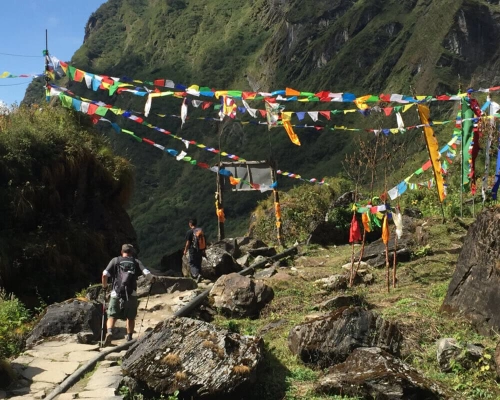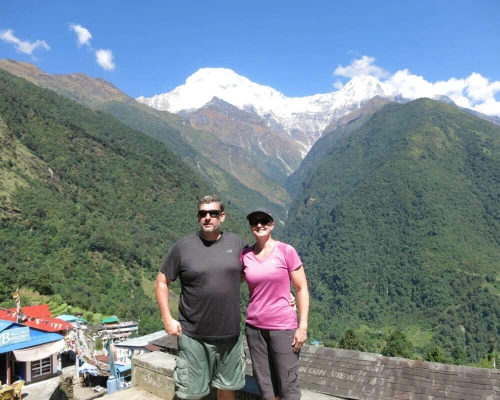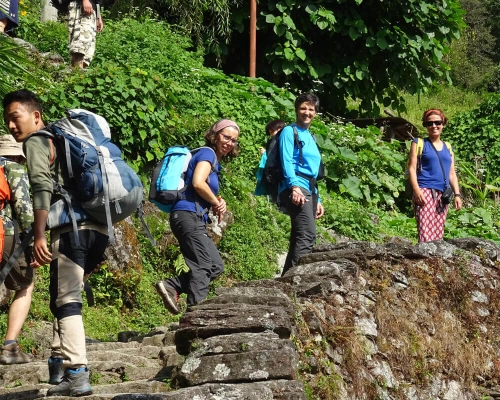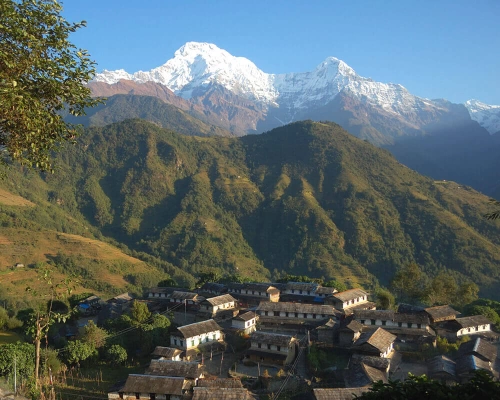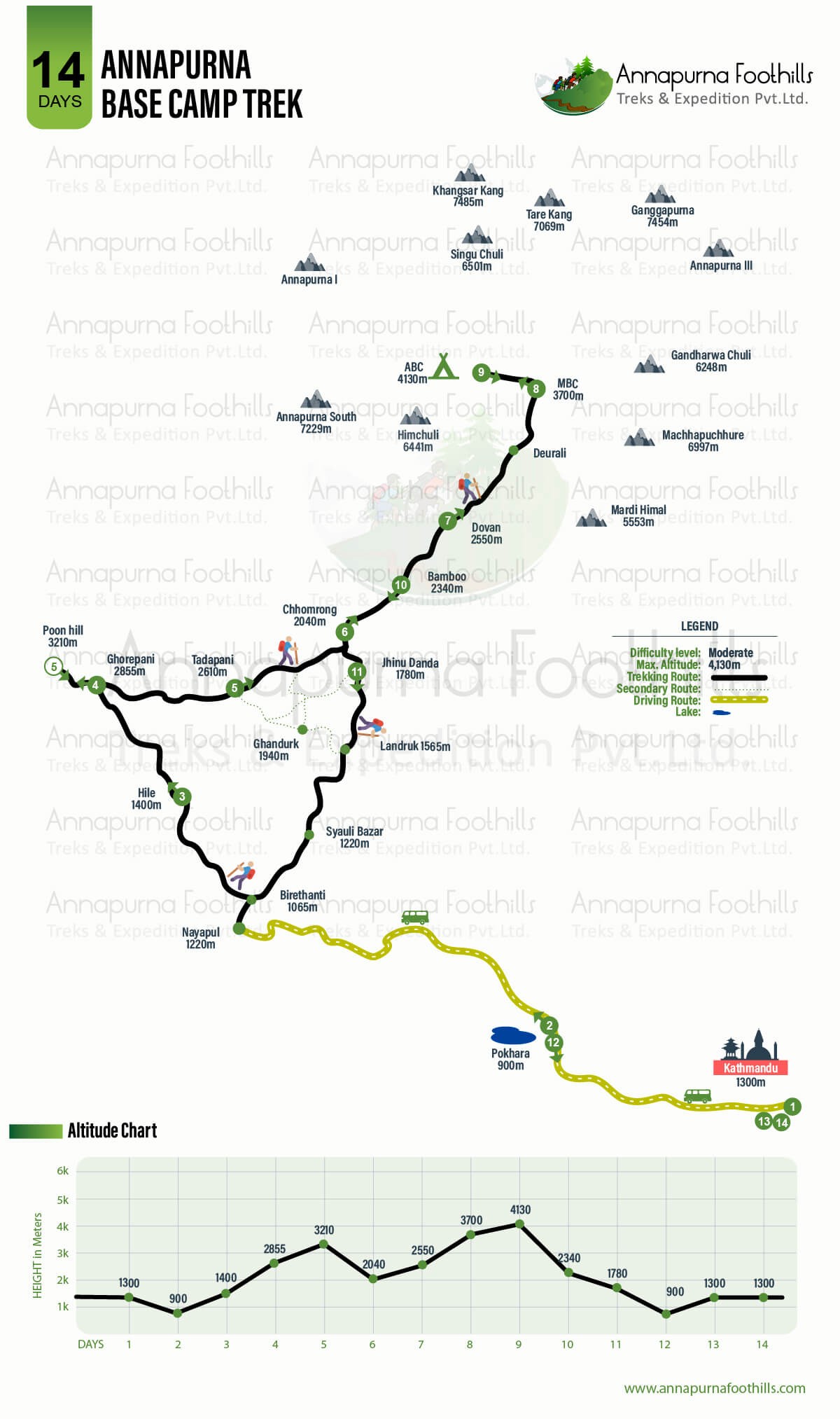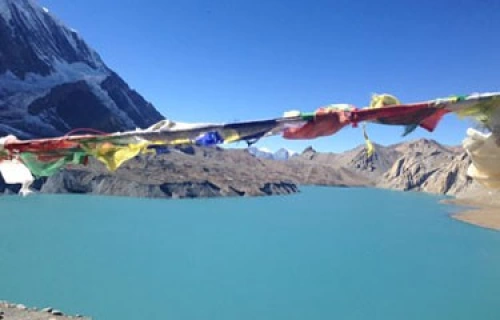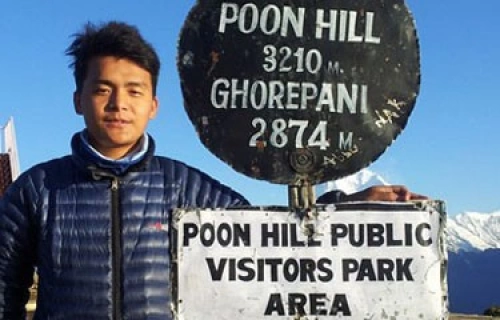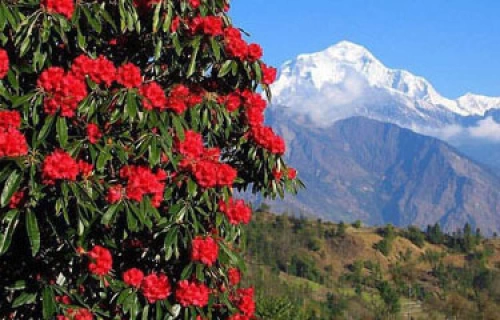Departure Note:
Guaranteed - We already have trekkers booked for those dates and you can join the group.
Available - The date is available to book and once you confirm your trip it will be guaranteed.
Limited - The departure date is filling fast and only limited seats are available to join.
Closed- The Trip cannot be booked on that specific date. Contact us for customized dates.
The departure dates are your arrival dates in Nepal.
We have set dates for departure to the Amazing Annapurna Base Camp Trekking. So, pick your preferable date and let the adventure begin.
Annapurna Base Camp Trekking is available and can be done throughout the year. So, if the date you prefer is not listed on our departure dates then you can contact us directly to book the trip on your own desired date.
We have listed the price up to 12 trekkers at maximum. If you are more than 12 trekkers, then please feel free to contact us for amazing discounted group price and further booking process.
Private Trips to Annapurna Base Camp is possible on any date of the year. Contact us to design your own private trips with you loved ones.
Solo Trips: Single trekkers are always welcome to join the trek. On your arrival at Kathmandu, you’ll have a single room in Kathmandu Hotel as per your requirement and have to share a room at the local teahouses during the trekking.
Useful Info
The Best Time to Do the Annapurna Base Camp Trekking:
The best seasons for trekking in the Annapurna region are autumn (late September to late November) & spring (February to late April) . Winter is also possible. During winter there are very few tourists. Some people prefer this season, as they enjoy the beauty of the snow, and the environment of the remote areas without the influx of foreigners. However, if there is a lot of snow the path may be quite challenging above Dovan.
Cultural Aspects of the Annapurna Base Camp Trekking:
The most prominent ethnic groups in the Annapurna region are the Gurungs, Thakali, and Manangba. The Gurungs are the most widely dispersed, being found from the hills of Gorkha district to as far West as Palpa. The Thakalis come from the upper Kali Gandaki Valley around Jomsom, where their traditional farming has been supplemented by trade, in particular the hotel and restaurant business.
Annapurna Base Camp Trekking is a Tea House/Lodge Trek:
Accommodation is included in the cost of your package. Annapurna Foothills Treks takes great care to arrange the most comfortable accommodation possible throughout your stay.
In Kathmandu, our clients enjoy two nights in Hotel Holy Himalaya before and after heading into the remote regions.
During the trek, the nights will be spent in clean and comfortable tea houses with plenty of character and good food. The simple rooms usually have two narrow beds. The family run lodges are a great place to get to know the Nepalese people. In Nepalese culture, a guest is equal to god, and surely this has become even more of a reality since the tourism industry has improved their meager opportunities to earn. You will be made very welcome!
Spending Money per Day:
Although it depends on your spending habits, you should allocate US$ 10 - 15 per meal in Kathmandu. On the trek, your meals are included, but you may wish to purchase extras which are not included in your package, such as chocolate bars, Coca Cola or a beer. US$10 - 15 a day should be enough, but keep in mind the cost of all items increases proportionately with the distance from the trail head.
Drinking Water:
While trekking, it is important to keep hydrated; you should drink at least 3 liters of water each day. In the Annapurna Region there are Euro-guard filters, so all you need is your own water bottle and you can refill it easily. We suggest you bring a supply of water purification tablets in case Euro-guard water is not available. We request that you avoid using bottled mineral water, as the bottles are not easily disposed of.
Washing and Toilet facilities for Annapurna Base Camp Trekking:
Most lodges offer hot showers, though sometimes a hot shower means a bucket of hot water. You can ask your trekking guide about the availability. For ecological reasons please try and limit your use of hot water unless the water is solar-heated. Please note that at higher altitude and in colder seasons there is very little chance to have enough hot water for all the trekkers. If the water is frozen then ask your guide to get warm bowl of water. Every lodge will have some kind of hand washing facility but it is good idea to carry a bar of soap with you. Toilets are usually Asian squat style and vary in how clean they are. Normally toilets are outside the lodge but now some lodges have attached or indoor toilets. The rubbish bin in the toilet is kept for your used toilet paper.
Re-charging Batteries of Electronic Items on the Trek:
You can recharge your digital camera, iPod, batteries etc. with electricity or solar power sources. You may need to buy an adaptor in Kathmandu before the trip since the plugs in Nepal might be different. The lodges charge a small fee per hour for recharging facilities. Nepal uses 220-240 volts to power your appliances. The sockets fit both round and flat plugs.
Fitness/Health:
If you have a reasonable level of fitness, this trek should be more than manageable. The altitude becomes more noticeable the higher we go, so we walk at a slow pace and take plenty of breaks to rest and acclimatize.
Safety:
When travelling in remote mountain regions, uncertainties such as weather, health problems and natural disasters require a certain amount of flexibility. While our goal is to follow the itinerary, that is not our first priority; your safety is always our first priority. Annapurna Foothills Treks and Expeditions request your cooperation to accept the decisions and advice of our trusted and experienced guides if they deem it necessary to change or cancel any part of the itinerary due to safety concerns.
Travel Insurance:
It is strongly recommended to be sufficiently protected when you go into remote areas. You need specialized travel insurance that covers emergency evacuation, injury, lost baggage, liability and medical treatment. Make sure the insurance covers all the activities that you will be undertaking during your stay in Nepal. Annapurna Foothills Treks and Expeditions Pvt. Ltd. can organize the appropriate medical response based on your policy.
Trip Grading and Suitability:
To assist you in choosing a trek and to give you an idea of what you can expect, we have categorized our trips by their level of difficulty, A is the easiest, D, the most hard. In addition to this, the levels have been sub-divided into four areas, suitability, walking times, highest altitude, terrain type, and remoteness.
GRADE: Moderate:
Suitability: reasonable level of fitness required.
1. Walking times: 5-6 hours per day for up to 10 days
2. Altitude: up to 4310m
3. Terrain: mostly following well-travelled trails, daily ascent and descent
4. Remoteness: reasonable level of local infrastructure, including lodge accommodation
